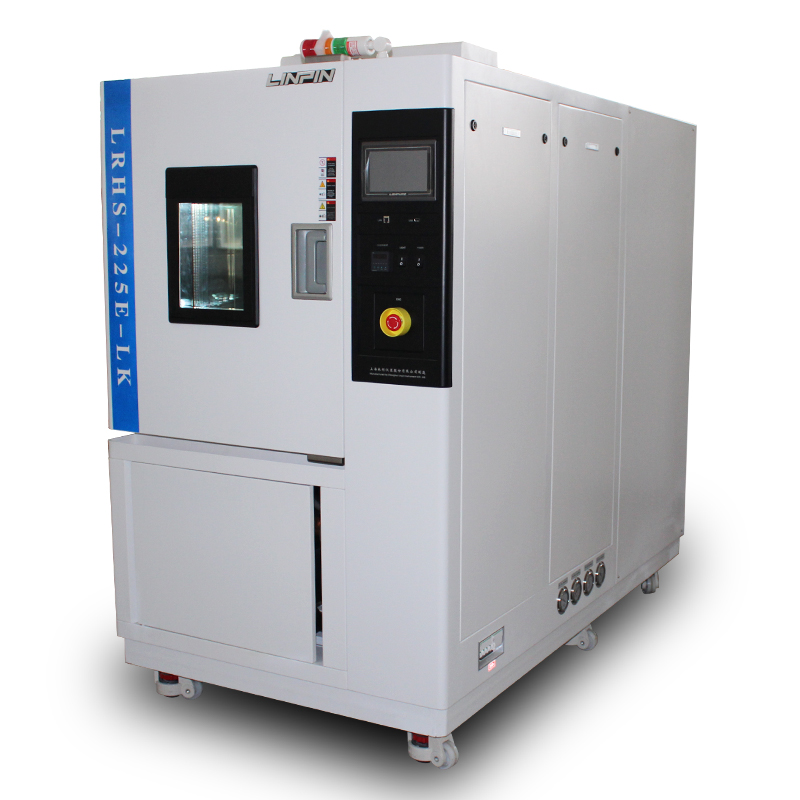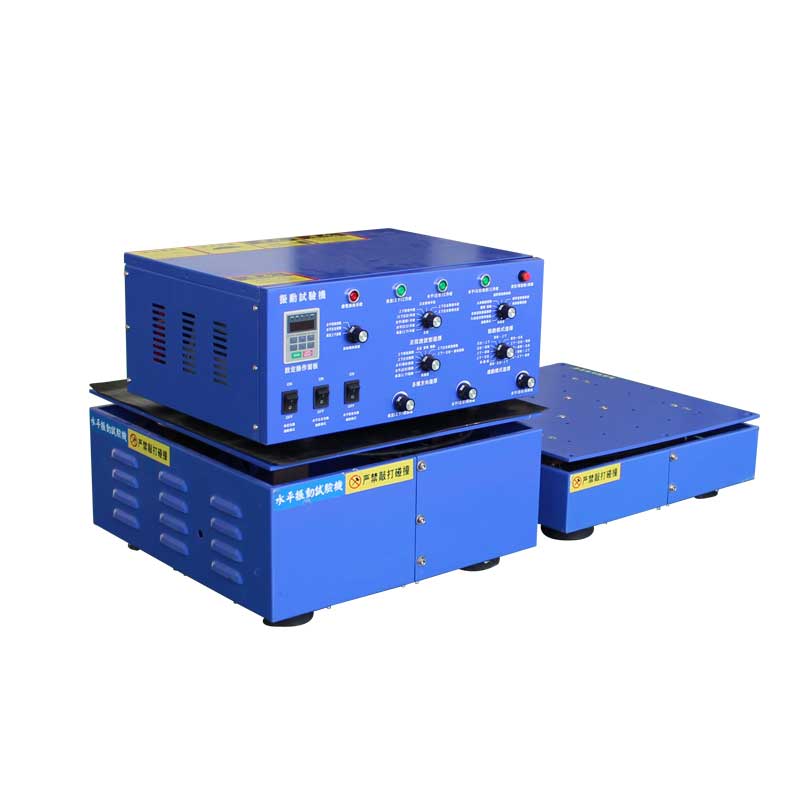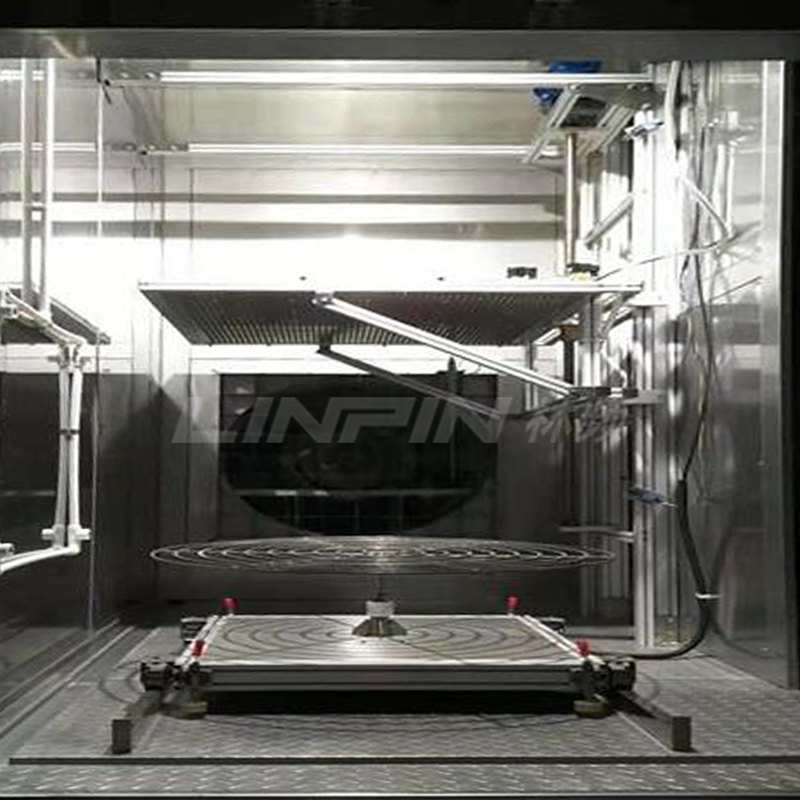Analysis of the Working Principles of Different Compressors Used by Rapid Temperature Change Test Chamber Manufacturers
Author:LINPIN Update Time:2025-04-28 Source:LINPINRapid temperature change test chamber manufacturers utilize various types of compressors, each operating on distinct principles. Currently, the most widely used compressors in this industry include screw-type, piston-type, and rotary-type compressors. Below, we will explain the working principles of these three types of compressors separately.
Screw-Type Compressor
Working Principle: The core component of a screw-type compressor is its main unit, which belongs to the category of positive displacement compressors. Gas compression is achieved through periodic changes in the volume of the intermeshing male and female rotor grooves within the housing. As the rotor pair rotates inside the housing, the gas in the grooves undergoes continuous volume changes and moves along the rotor axis from the intake side to the discharge side, completing the three processes of intake, compression, and exhaust.
Features: Screw-type compressors are characterized by their compact structure, smooth operation, and relatively high efficiency. They can provide stable airflow over a wide pressure range, making them suitable for applications requiring continuous operation and high flow rates.
Piston-Type Compressor
Working Principle: Piston-type compressors primarily rely on the reciprocating motion of pistons within cylinders to compress gas. When the piston moves downward, the pressure inside the cylinder decreases, the intake valve opens, and gas is drawn into the cylinder. When the piston moves upward, the gas volume decreases, pressure increases, and heat is released. Once the pressure exceeds the outlet pressure, the exhaust valve opens to discharge the gas. The entire process consists of intake, compression, and exhaust stages.
Features: Piston-type compressors are known for their mature technology, ease of maintenance, and broad applicability, as they can adapt to varying pressure and flow requirements. However, they generate significant vibration during operation, necessitating a solid foundation and vibration-damping measures.

Rotary-Type Compressor
Working Principle: Rotary-type compressors operate by using the motion of rotating components to compress gas. They typically consist of an eccentric rotor and a fixed cylinder. As the rotor rotates, gas is compressed in the space between the rotor and the cylinder. The gas volume gradually decreases, and the pressure increases until the gas is discharged through the exhaust port.
Features: Rotary-type compressors offer advantages such as simple structure, compact size, lightweight design, and smooth operation, making them suitable for small-scale equipment and applications with limited space.
Summary
- Screw-Type Compressor: Ideal for rapid temperature change test chambers requiring continuous operation and high flow rates, providing stable airflow and high efficiency.
- Piston-Type Compressor: Features mature technology and broad applicability but generates significant vibration, making it suitable for applications where vibration is not a critical concern.
- Rotary-Type Compressor: Compact, lightweight, and operates smoothly, making it well-suited for small rapid temperature change test chambers.
That concludes our detailed introduction to the compressors used by rapid temperature change test chamber manufacturers. Once you understand their working principles and compare their prices, you can make an informed purchase decision.





